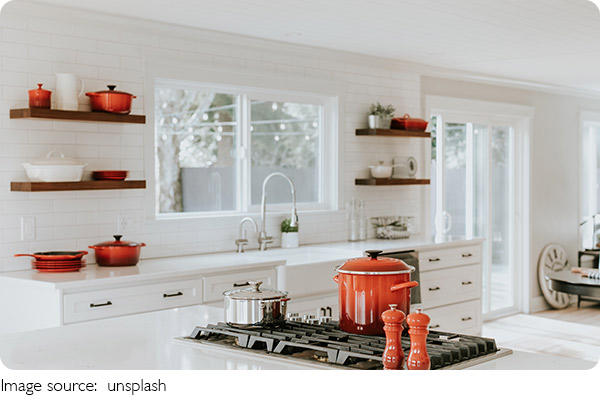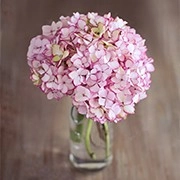Master Minimalist Storage

Have you ever opened a drawer or a closet and felt a rush of frustration because nothing seems organized or easy to find?
Or maybe your living space feels crowded with things you don't really use, and you wish for a simpler, calmer environment. Minimalism isn't just about owning less—it's about designing your home to support a clear mind and daily ease.
One of the most practical ways to do that is through thoughtful minimalist storage.
Minimalist storage goes beyond just tossing clutter into boxes or hiding things away. It's about intentionally choosing how you store your belongings so your home feels open, peaceful, and functional. Let's explore how you can implement this in your own home with real focus and lasting effect.
Focus on Intentional Decluttering Before Storage
Before even thinking about containers or shelves, the key to minimalist storage is to first decide what really belongs in your home. This isn't about a quick tidy-up but a deeper, mindful process.
Ask yourself these questions:
• Do I use this item regularly or does it bring me joy?
• Does it serve a clear purpose or is it just taking up space?
• Can this be replaced with a simpler or multifunctional item?
By ruthlessly answering these, you prevent your storage from becoming a "junk drawer." According to professional organizer Marie Kondo, keeping only items that spark joy or serve a practical purpose is essential to creating lasting order.
Create "Home Zones" to Simplify Storage
A core principle of minimalist storage is defining clear zones in your home for different activities and items.
For example:
1. Kitchen zone: Store all cooking tools, spices, and utensils near the stove or prep area.
2. Work zone: Keep office supplies and electronics within arm's reach of your desk.
3. Relaxation zone: Reserve a spot for books, blankets, or hobby materials.
Designating these zones means you won't waste energy searching across the house. Everything has its place, and you only keep what belongs in that zone. This approach reduces the visual clutter that often creeps in when things are scattered.
Use Open and Closed Storage Thoughtfully
Minimalist storage doesn't mean everything is hidden behind closed doors or in bins. The balance between open and closed storage makes a big difference in how your space feels.
How to decide:
• Use open shelves for things you use daily or items with a simple, uniform look. This keeps your home airy and allows quick access.
• Use closed cabinets or drawers to hide clutter or items that don't fit the minimalist aesthetic.
For example, in the living room, you might display a few curated books and plants openly while storing cables and electronics in drawers. This mix creates calm without sacrificing convenience.
Choose Multipurpose Storage Solutions
When every item and piece of furniture has multiple functions, you save space and keep your home neat.
Examples include:
1. A storage ottoman that works as seating and a place to hide blankets or magazines.
2. Wall-mounted shelves that double as display and storage, freeing up floor space.
3. Drawer dividers that organize small items like socks or office supplies without extra containers.
Experts in interior design agree that investing in smart, multipurpose storage is a cornerstone of minimalist living. It keeps your home streamlined without feeling sparse.
Maintain Simplicity With Regular Review
Minimalist storage isn't a one-time fix; it's a habit. Over time, items accumulate or lose their usefulness, and your storage systems might get messy again.
Set a simple routine to maintain order:
• Schedule a 15-minute weekly "reset" to put things back in their zones.
• Every three months, review your belongings to remove or donate anything no longer needed.
• Reassess your storage solutions annually to ensure they still fit your lifestyle.
As psychologist Dr. Sherrie Bourg Carter points out, environments that are tidy and organized can reduce stress and improve focus. Regular upkeep turns your home into a peaceful retreat, not a source of anxiety.

Final Thought: Minimalist Storage Empowers Your Daily Life
Minimalist storage isn't about perfection or strict rules—it's about crafting a home that supports how you live. When you thoughtfully declutter, create functional zones, mix open and closed storage, and commit to maintaining simplicity, your home becomes more than just a place to live—it becomes a space where calm and clarity thrive.
So, what's one small storage change you can try this week that would make your daily routine easier? Sometimes starting with just one drawer or one shelf can be the first step toward a whole new way of living.

 · Lifestyle Team
· Lifestyle Team